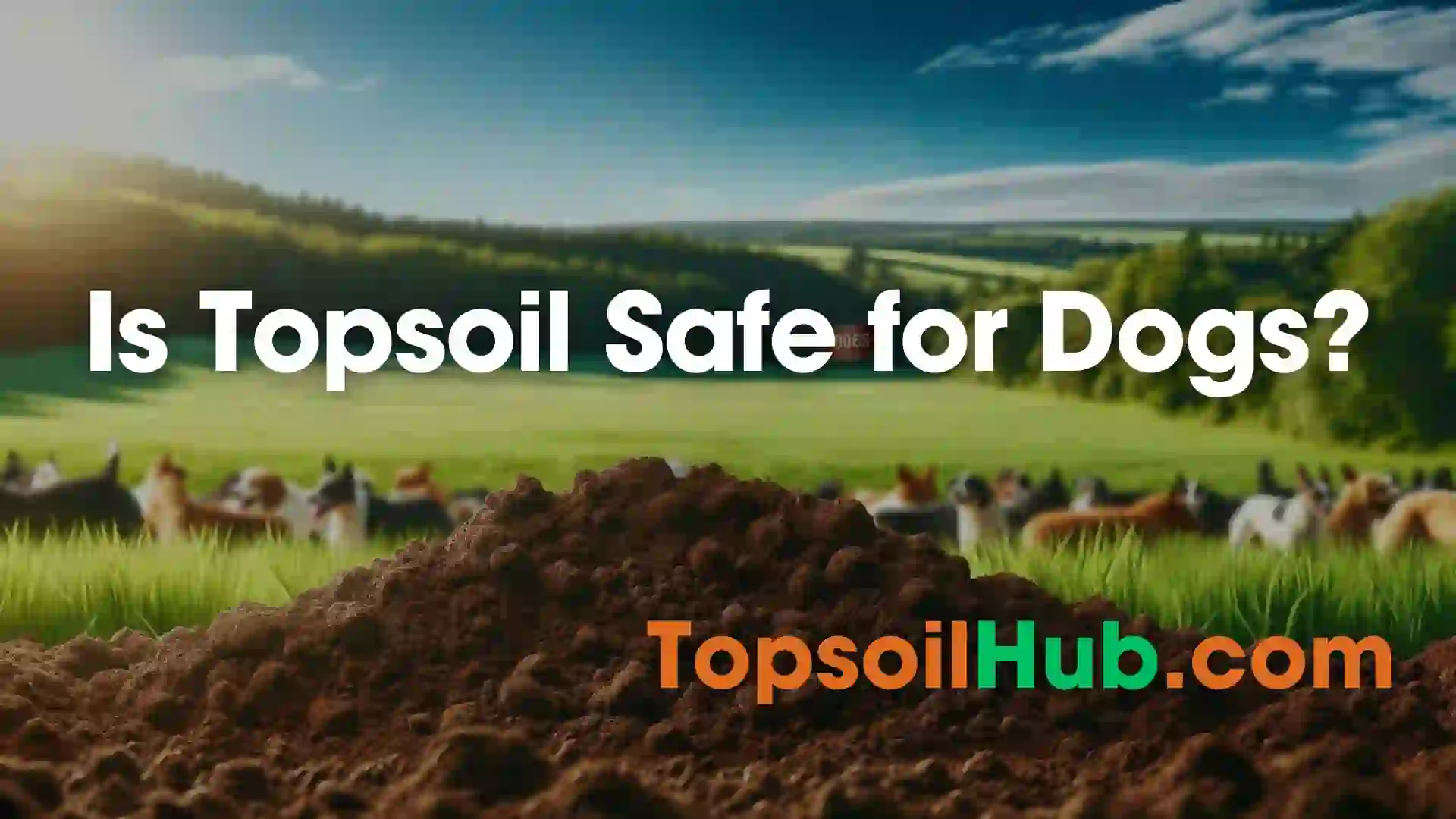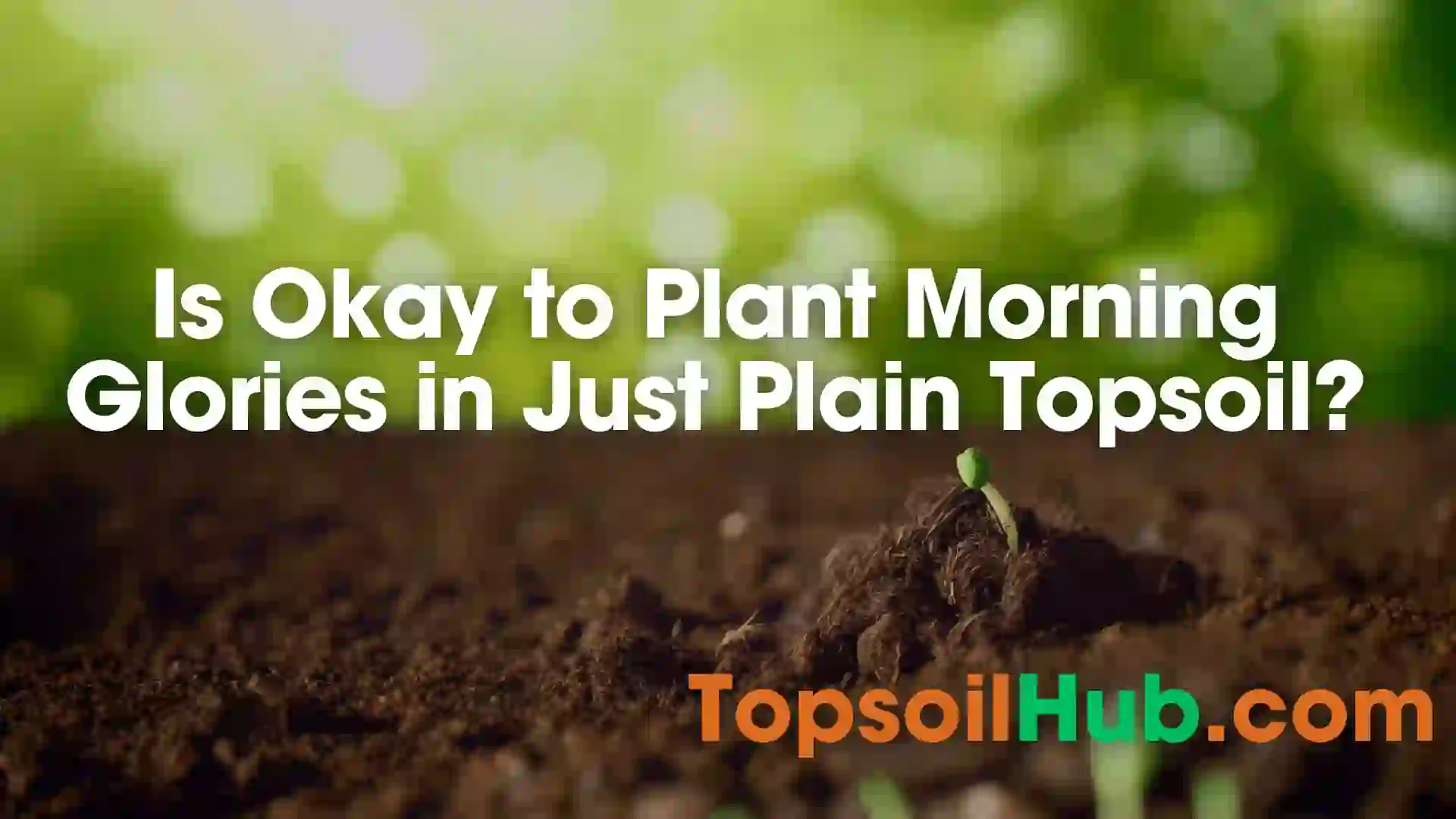Can You Use Outdoor Topsoil for Indoor Plants?
Indoor plants are a great way to add some greenery and freshness to your home. But what kind of soil should you use for them? Can you use outdoor topsoil for indoor plants? This is a common question that many people have when they want to grow plants indoors. In this blog post, we will answer this question and give you some tips on how to choose the best soil for your plants.
Can You Use Outdoor Topsoil for Indoor Plants? – Quick Answer
No, you cannot use outdoor topsoil for indoor plants. Outdoor topsoil is not suitable just because of its several drawbacks like it contains too many impurities and contaminants that are harmful to indoor plants. The Indoor plants require a special type of soil that is specifically designed for their needs.
Why You Should Not Use Outdoor Topsoil for Indoor Plants
There are several reasons why using outdoor topsoil for indoor plants is not recommended. Here are some of the main ones:
- Outdoor topsoil is too heavy and dense for indoor plants. It can compact easily and reduce the air circulation and water movement in the pot. This can suffocate the roots and cause root rot, fungal diseases, or nutrient deficiencies.
- Outdoor topsoil retains water longer than indoor potting soil. This can create a soggy and wet environment that is unfavorable for most indoor plants. Overwatering can also leach out the nutrients from the soil and make it acidic or alkaline.
- Outdoor topsoil lacks the additives that indoor potting soil has. It does not contain perlite, vermiculite, or other materials that improve the aeration and drainage of the medium. It also does not have the right balance of nutrients that indoor plants need. Some outdoor topsoils may be too rich or too poor in certain elements, such as nitrogen, phosphorus, potassium, calcium, magnesium, or iron.
- Outdoor topsoil may contain pests, diseases, weeds, or seeds that can harm your indoor plants. Some common invaders that can hitchhike on outdoor topsoil are aphids, spider mites, fungus gnats, mealybugs, scale insects, nematodes, bacteria, fungi, viruses, weed seeds, or grass seeds. These can infest your indoor plants and spread to other plants in your home.
What Kind of Soil Should You Use for Indoor Plants?
The best kind of soil to use for indoor plants is a high-quality indoor potting soil that suits the specific needs of your plant. There are different types of indoor potting soils available in the market for different kinds of plants. For example:
1. For succulents and cacti:
You should use a well-draining and coarse potting soil that contains sand, gravel, perlite, or pumice. These ingredients prevent waterlogging and allow excess water to drain quickly.
2. For orchids:
You should use loose and airy potting soil that contains bark chips, sphagnum moss, charcoal, or coconut husk. These ingredients provide ventilation and moisture retention for the epiphytic roots of orchids.
3. For African violets:
You should use a light and fluffy potting soil that contains peat moss, vermiculite, perlite, or coco coir. These ingredients provide moisture and nutrients for the delicate roots of African violets.
4. For general houseplants:
You should use a well-balanced and versatile potting soil that contains peat moss, perlite, compost, or worm castings. These ingredients offer aeration, drainage, water retention, and fertility for most indoor plants.
You can also make your own indoor potting soil by mixing different ingredients according to your plant’s preferences. However, you should always sterilize your homemade potting soil by baking it in the oven or microwaving it to kill any harmful organisms.
How to Use Indoor Potting Soil for Indoor Plants
Once you have chosen the right indoor potting soil for your indoor plants, you should follow these steps to use it properly:
- Choose a suitable container for your plant. It should have drainage holes at the bottom and be slightly larger than the root ball of your plant.
- Fill the container with some indoor potting soil and make a hole in the center for your plant.
- Remove your plant from its old pot and gently loosen the roots. Trim off any dead or damaged roots with a sharp knife or scissors.
- Place your plant in the new container and fill the gaps with more indoor potting soil. Press the soil lightly around the roots to secure them.
- Water your plant thoroughly until water drains out of the holes. Let the excess water drain completely before placing your plant in its spot.
- Fertilize your plant regularly with a suitable fertilizer for indoor plants. Follow the instructions on the label, and do not overfeed your plant.
Conclusion
In conclusion, you should not use outdoor topsoil for indoor plants. Outdoor topsoil is too dense, retains too much moisture, lacks proper aeration and drainage, and may contain harmful contaminants. Indoor plants require specially formulated potting mixes that provide the right balance of air circulation, moisture retention, drainage, and nutrients. The best potting soil varies based on the specific needs of each indoor plant.
For successful indoor gardening, use a sterile, commercial potting mix made for houseplants rather than digging up soil from your backyard. With a quality potting mix, proper watering, drainage, fertilization, and sunlight, your indoor plants can thrive in a potted environment tailored to their roots. The key is starting with indoor potting soil that gives your houseplants the aeration, moisture control, and fertility they require to grow healthy and strong indoors.
I hope you enjoyed this blog post and learned something new. If you have any questions or comments, please feel free to leave them below. Thank you for reading! 😊







